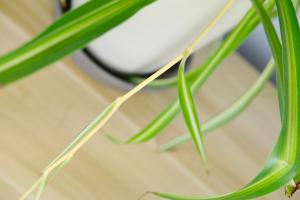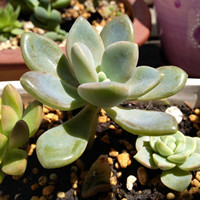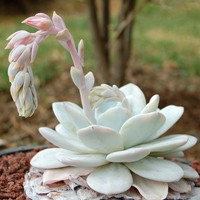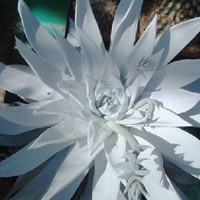How Does a Cactus Plant Live Without Water?
Cactus plants are widely recognized for their unique quality of being able to survive in extremely arid and dry environments. These plants are known for their ability to go for long periods without water and still maintain their vitality. In this article, we will explore how this incredible plant can survive in such challenging conditions.
Adaptations of Cactus Plant
Cactus plants have several different adaptations that help them survive in very arid environments. First and foremost, they have a specialized feature known as the areole, which allows them to grow spines. These spines help to reduce water loss by reducing the surface area of the plant. Moreover, the spines also deter herbivores from consuming the plant, which in turn prevents water loss due to injuries or damage.
Another adaptation of the cactus plant is its shallow and extensive root system. The roots are shallow and spread out over a large area, allowing the plant to maximize absorption of any available moisture. Additionally, cactus plants also have modified leaves known as spines. These spines have evolved to help the plant minimize water loss by reducing the surface area from which water can evaporate.
Storage of Water in Cactus Plant
One of the primary reasons why cactus plants can survive in dry environments is their unique method of storing water. These plants store water in their fleshy stems, allowing them to survive long periods of drought. Additionally, cactus plants also have a thick waxy layer covering their stems and leaves, which slows down water loss due to evaporation.
Furthermore, some cactus plants have a unique ability to absorb water from the air. This is made possible by their crassulacean acid metabolism metabolism, which allows the plant to open its stomata and absorb carbon dioxide at night when the air is cooler and more humid. During the day, the stomata close, reducing water loss through transpiration.
Cactus Plants and Photosynthesis
Photosynthesis is the process by which plants convert light energy into chemical energy. In most plants, photosynthesis occurs during the day when the sun is up. However, due to the extremely hot conditions in which cactus plant lives, photosynthesis in these plants occurs mostly at night. This is because the plant's stomata remain closed during the day to prevent water loss through transpiration. As a result, cactus plants must opt for an alternate method of photosynthesis.
One of the adaptations that cactus plant has is the use of its stem for photosynthesis. During the night, the plant absorbs carbon dioxide and stores it as an organic acid in its stem. Then, during the day, the plant converts this organic acid into sugar in the presence of sunlight, thus engaging in photosynthesis.
Conclusion
Cactus plants are an extraordinary species that have adapted themselves to survive in some of the harshest environments. Over the years, they have developed unique adaptations that allow them to thrive despite limited access to water. By taking a closer look at the mechanisms that enable cactus plants to survive, we can learn more about the specific adaptations that are necessary for survival in extreme environments.

 how many times do yo...
how many times do yo... how many planted tre...
how many planted tre... how many pine trees ...
how many pine trees ... how many pecan trees...
how many pecan trees... how many plants comp...
how many plants comp... how many plants can ...
how many plants can ... how many plants and ...
how many plants and ... how many pepper plan...
how many pepper plan...



























